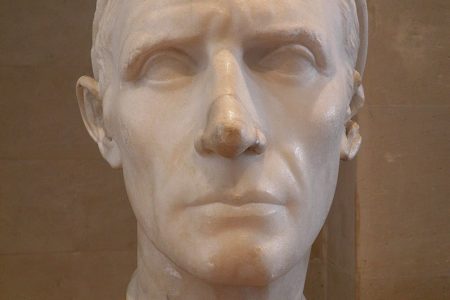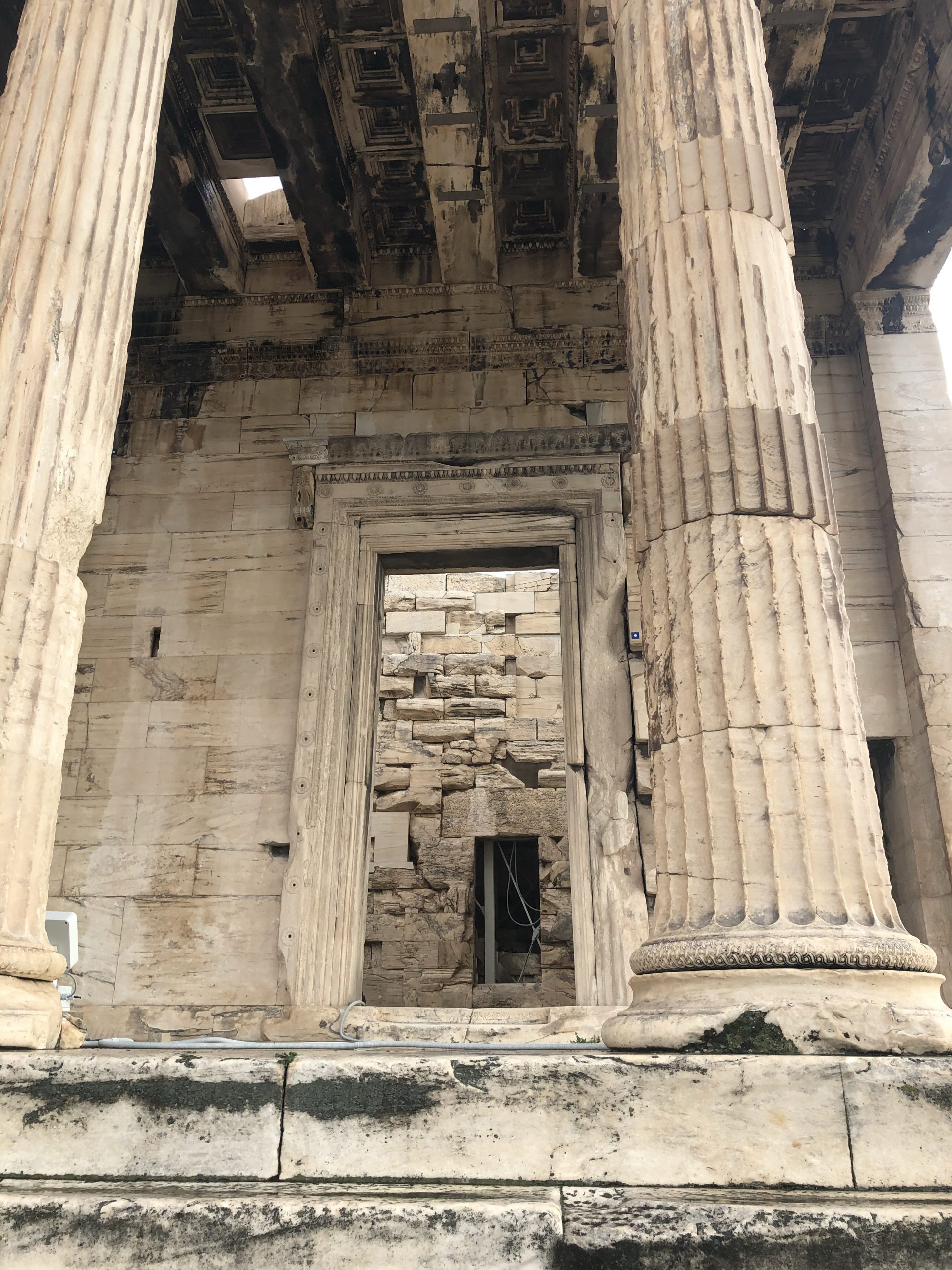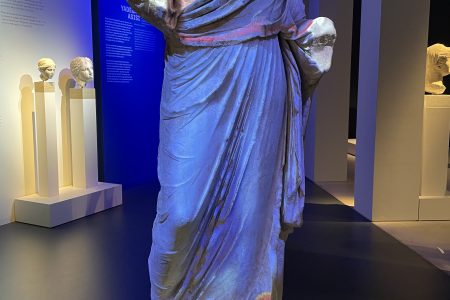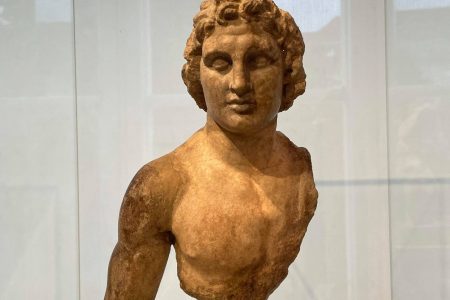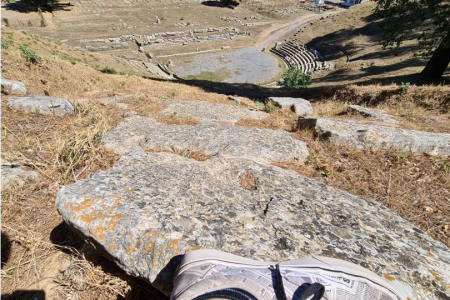The last post in this series is from quite a while ago. About high time we change this and delve into the short history of yet another Greek city during the Hellenistic period. This time we turn our eye to Messene. This city lies in the southern part of the Peloponnese in close proximity to …


